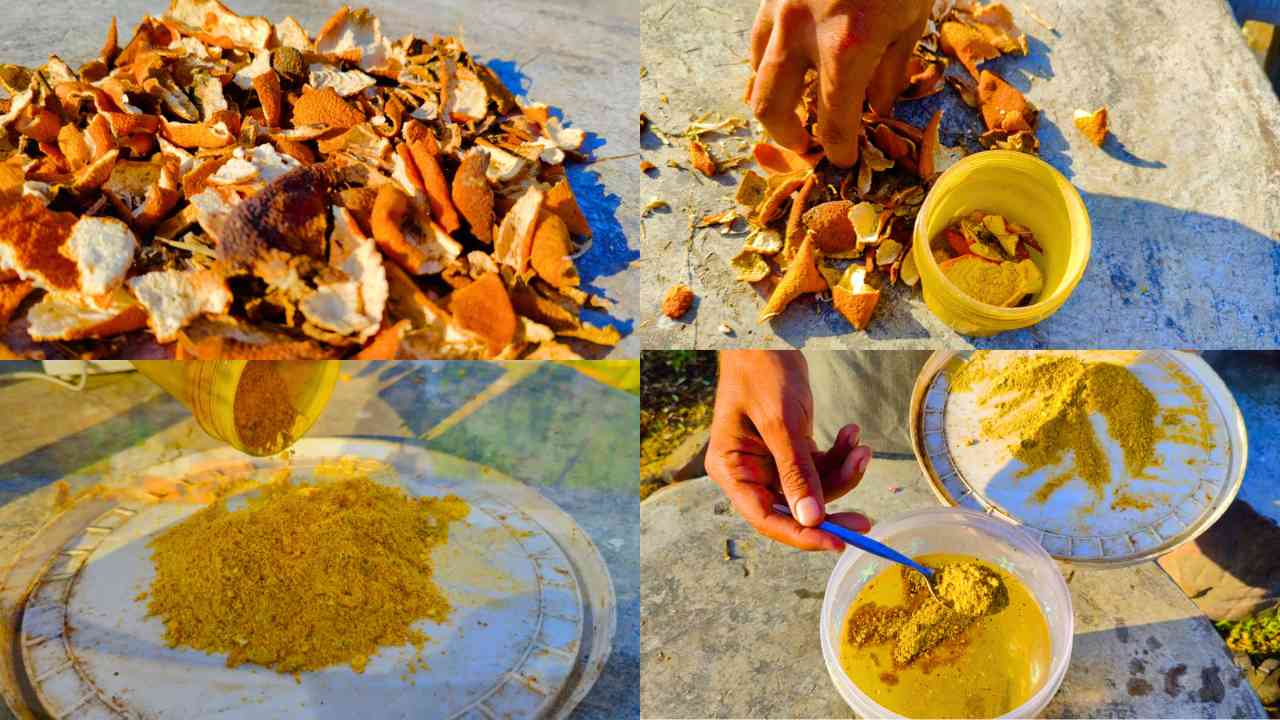Gardening can help you connect with nature and grow plants, and what we usually throw away can be the first thing that helps. Using kitchen scraps to care for your yard is eco-friendly and useful. We’re going to talk about making a bioenzyme from orange peels, which is a surprisingly easy way to use food waste to give plants a natural boost full of nutrients.
This homemade treatment is full of good things for plants. It feeds the earth and makes plants stronger and more resistant to disease. It also keeps plants safe from common pests and diseases. It is a small step towards a waste-free life and a significant step towards a healthy garden.
Orange peels and their secret power
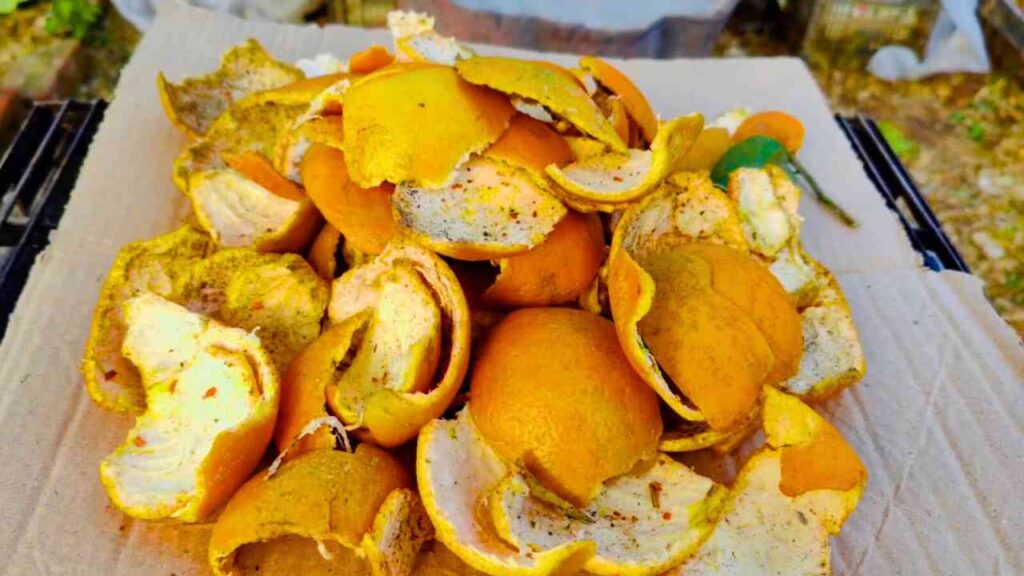
People often throw orange peels away or put them in the ground without giving them a second thought. But these bright scraps are more than just old fruit. Orange peels have many natural acids, vitamins, and oils that smell good. These chemicals are great at keeping pests away, making the dirt healthier for microbes, and helping plants grow.
To start, you should gather a good number of orange peels. You can let them dry fully in the sun, with a dehydrator, or by letting them dry in the air near a sunny window inside. The important thing is to get rid of all the water so they don’t go bad later. Put them in a mixer and blend them into a fine powder once they are dry and crisp. You can use this powdered form as your main ingredient and store it for later use.
How to Make Your Enzyme: The Fermentation Process
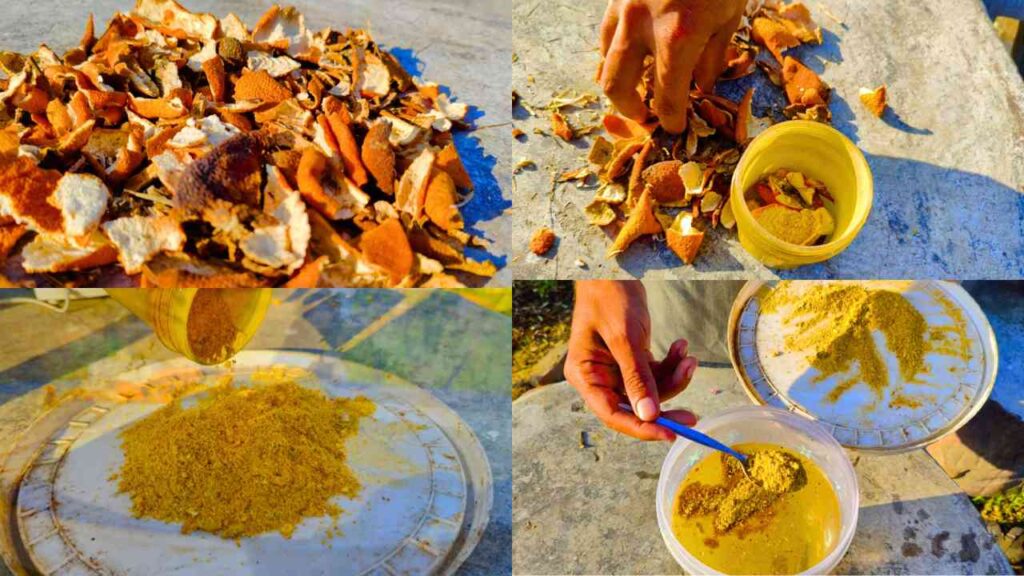
The bioenzyme operates through fermentation. Beneficial microbes break down organic matter naturally, making a liquid that is full of nutrients and chemicals that plants can use.
Fill a clean glass or plastic jar with two liters of water to start your brew. If you can, use rainwater or filtered water that hasn’t been treated with chlorine. Chlorine can stop the fermentation process by killing bacteria that are beneficial for it.
Put about six tablespoons of the orange peel powder you made yourself into the jar. Then add the same amount of brown sugar. Brown sugar doesn’t just add sweetness; it also gives the bacteria that are fermenting food, which speeds up the process and makes the enzyme work better. Make sure to mix everything well until the powder and sugar are fully mixed in with the water.
When the mixture is smooth, loosely cover the jar. You don’t want to close it up too tightly because fermentation makes gas that needs a way to get out. A cloth or a lid that fits loosely will work great.
Fermentation at Work: Stirring, Waiting, and Patience
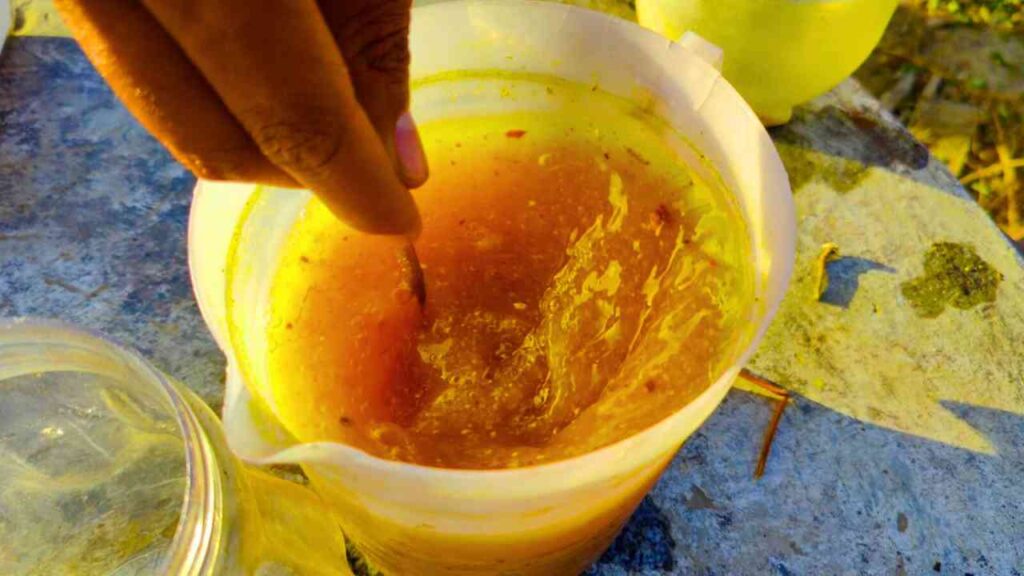
The next step is to wait. Put the mix somewhere cool and dark for about two weeks, like a kitchen cabinet or shelf with some shade. This time, let the bacteria break down the organic matter and make that beneficial liquid full of enzymes.
It is helpful to stir the mixture every two to three days while it is fermenting. This gentle mixing helps everything break down evenly and gets rid of any gases that are building up inside the container, which could otherwise make it too pressured. You might smell something sour or fruity as the days go by. This type of smell is a good sign that fermentation is going well.
Your bioenzyme is ready to use after two weeks. To get rid of any solids that are still in the liquid, open the jar and strain it through a fine cloth or sieve. You should now have a golden, citrus-smelling liquid mixture that you can dilute and use on your plants.
How to Use Your Garden Bio Enzyme
There are a few simple and useful ways to use this enzyme, and each one is good for a different thing.
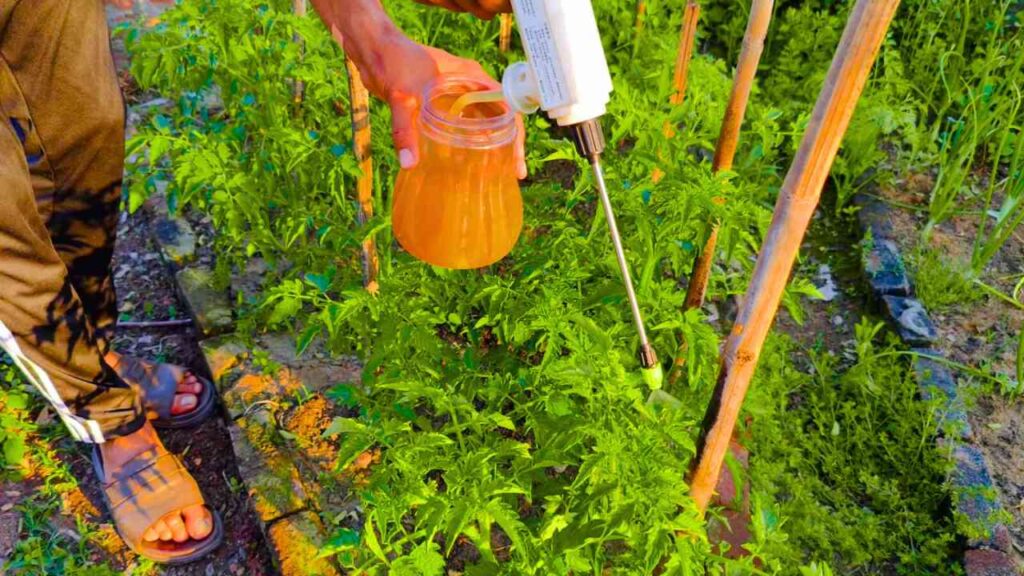
The first method, known as foliar application, involves directly applying the enzyme to the plants. Put the strong enzyme into a spray bottle and add water until the ratio is 1:10. Spray a lot of the mixture on the plants’ leaves, stems, and even the ground around them. The mixture not only adds nutrients quickly, but it also makes a barrier that keeps pests away and lowers the risk of fungal problems. Because plants take in nutrients through their leaves, the process is a great way to get benefits quickly.
The second way is to pour the watered-down solution right into the dirt around the roots. This procedure lets the enzyme get deep into the soil, where it supports beneficial microbes and promotes strong, deep root growth. The enzyme in orange peel feeds the earth, boosts plant immunity, and helps plants hold on to water better, which is especially helpful when it’s dry.
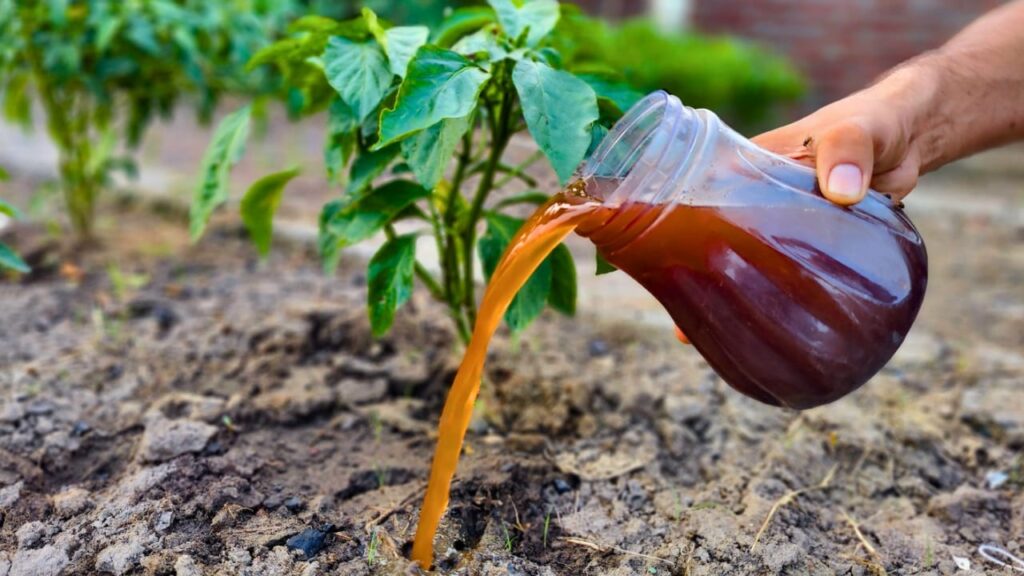
What this bioenzyme does and why you should use it in your garden
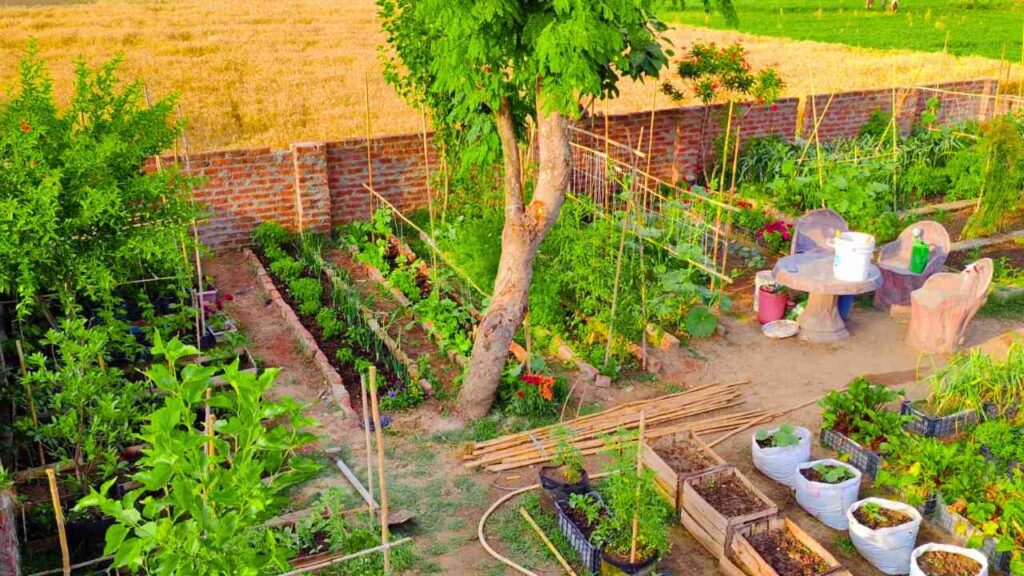
Making your own bioenzyme isn’t just a smart way to grow; it’s also a practice that comes from a sense of care and sustainability. Repurposing orange peels contributes to reducing kitchen waste. It replaces chemical pesticides and fertilizers with a natural alternative that is safe for the earth. It keeps the soil healthy, so your plants will thrive year after year.
If you use it often, you’ll start to see a change in your garden over time. It will make plants look healthier, stronger, and more alive. They’ll be better able to fight off disease, handle stress, and grow flowers or crops that are larger and more plentiful. All of this was something you might have thrown away.
Use the Power of Do-It-Yourself Gardening
Making your own bioenzyme from orange peel is more than just a gardening tip. It’s a way to connect with your plants, cut down on waste, and care for the earth. The benefits last for a long time, even though it only takes a little time and work.
The next time you peel an orange, consider carefully before discarding the skin. If you’re creative and careful, that simple peel can be one of your yard’s best tools. Also, if you liked this guide, don’t keep it to yourself. Share it with other garden fans, and let’s all enjoy sustainable gardening.

